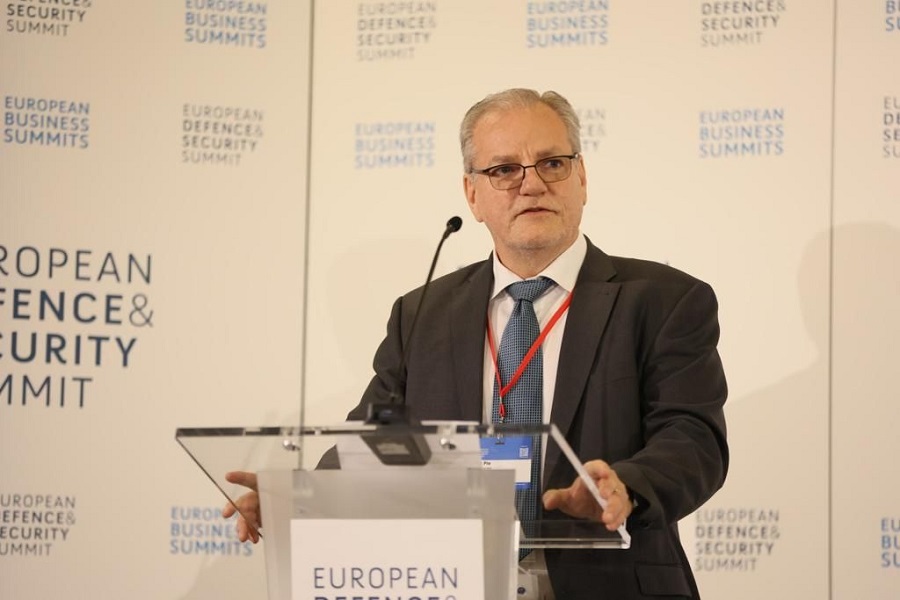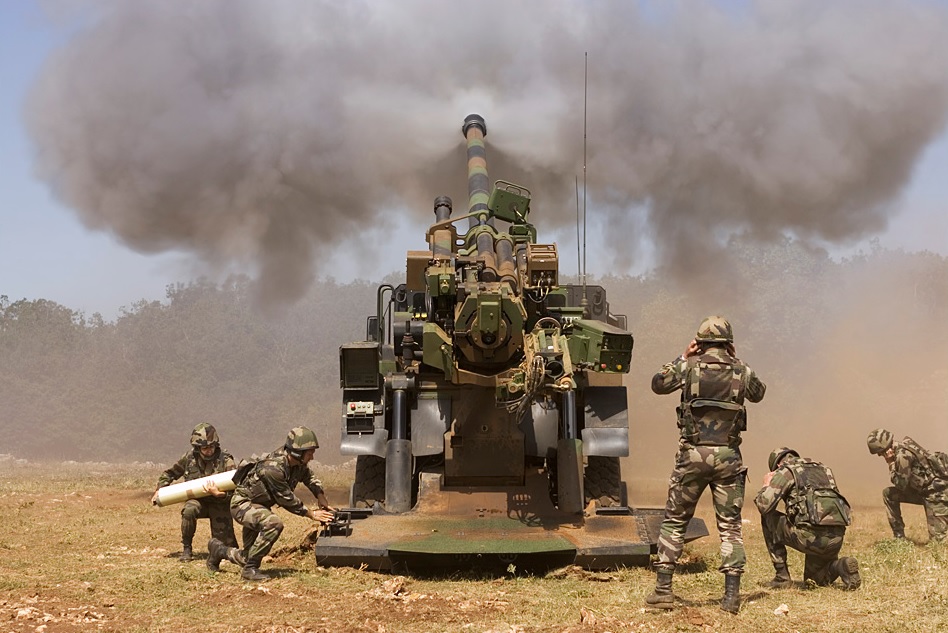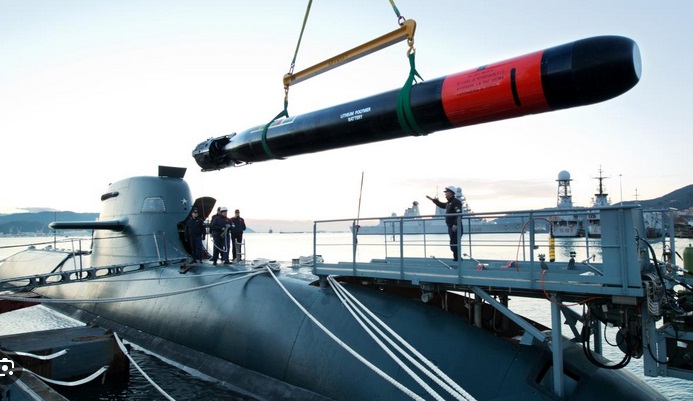Minister Pevkur emphasized the urgency of this development in the context of Europe’s current security challenges and the ongoing war in Ukraine. “The European ammunition production capacity remains lower than necessary. We aim to create preconditions for ammunition production in Estonia, so that both our Defence Forces and our allies could rely on Estonian-produced ammunition,” he stated.
The search for a suitable location for the industrial park is underway. Indrek Sirp, Special Adviser for Defence Industry Development, revealed that preliminary analysis has identified four potential areas across three municipalities: Lääne-Nigula, Lüganuse, and Pärnu, with specific planning areas in Audru and Tõstamaa districts of Pärnu.
In a significant expansion of the project, the Ministry of Defence is also exploring the feasibility of establishing an explosives production facility in Estonia. “Explosives production, a branch of the chemical industry, demands more resources like water and energy compared to ammunition production. Europe faces a major shortage in explosives production capacity. If viable, we will integrate an explosives plant location into the national spatial plan,” Sirp explained.
The envisaged industrial park is designed to accommodate the production of small, medium, and large calibre ammunition. The state plans to develop the necessary infrastructure, following which interested companies can establish their production facilities.
The process of finalizing the spatial plan and conducting the strategic environmental impact assessment is expected to take around one and a half years. Following this phase, construction of the park’s facilities can commence, with the aim of beginning production within two and a half years.
“We are collaborating closely with local authorities and relevant stakeholders to identify the most suitable site for this crucial national project,” Sirp added, underscoring the collaborative nature of this endeavour. This project marks a significant step in Estonia’s commitment to enhancing its defence manufacturing capabilities and contributing to the broader European defence landscape.















![Reliant: new long-range UAS by Quantum Systems [VIDEO]](https://defence-industry.eu/wp-content/uploads/2024/05/Reliant-new-long-range-UAS-by-Quantum-Systems-VIDEO.jpg)













